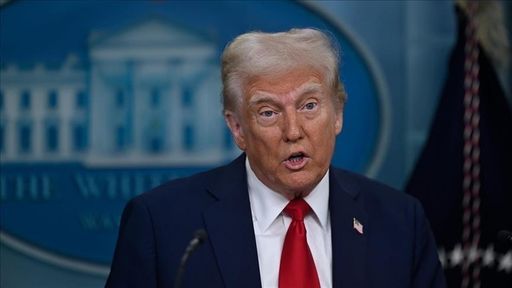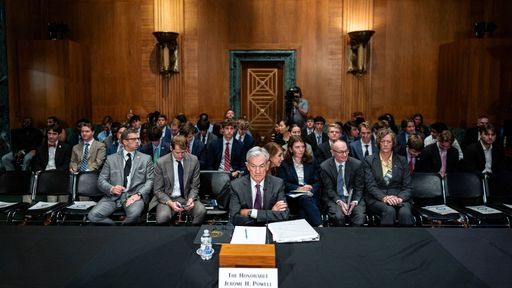Washington, DC — The US Federal Reserve is set to announce its latest decision on interest rates.
Markets broadly expect the central bank to hold steady for a fifth-straight meeting on Wednesday, keeping the federal funds rate at its current range of 4.25 percent to 4.50 percent.
But the decision lands under unusual political and economic pressure, with US President Donald Trump calling for a sharp rate cut and signs of rare internal disagreement inside the Fed itself.
What's at stake?
Interest rates shape the cost of borrowing across the economy, from mortgages and credit cards to business loans and federal debt.
A lower rate makes it cheaper to borrow and spend while a higher one cools demand, helping control inflation.
Trump has made no secret of where he stands.
On Wednesday morning, just hours before the Fed's policy announcement, he posted on Truth Social: "MUST NOW LOWER THE RATE," citing new government data showing second-quarter GDP growth at 3 percent, higher than expected.
In his view, inflation has cooled and the Fed should step in with a large rate cut to turbocharge growth.
Trump also pointed to other central banks, including the European Central Bank and Bank of England, which have begun cutting rates this year.
The US President argues that by keeping US rates higher, the Fed is choking off momentum and driving up the cost of federal borrowing.
Why Powell is holding back
Inside the Fed, Chair Jerome Powell and several colleagues remain cautious. Inflation has eased from its peak but remains above the central bank's 2 percent target, currently at 2.7 percent on an annualised basis, as of June.
Much of the concern centres on Trump's trade policies. Tariffs imposed on imports are raising prices for some goods, and Fed officials fear that cutting rates too soon may worsen inflation pressures.

So far, those price increases haven't spread across the economy, but Powell has made clear he wants more data before making a move.
The labour market adds another layer. Job growth remains strong, and the unemployment rate is low. That gives the Fed breathing room.
There's little urgency for the central bank to cut rates when the economy is adding jobs and consumers are still spending.
Why the tension matters now
This isn't just about political pressure from the White House.
The Fed itself is divided. Two sitting governors — Michelle Bowman and Christopher Waller — have publicly backed a rate cut this month, something rarely seen.
If they dissent in today's vote, it would mark the deepest internal division at the Fed in more than three decades.
That kind of public split underscores how uncertain the path forward is.
Some Fed officials believe a cut is justified by the risks to the labour market and the lagging effects of tariffs. Others say the risk of reigniting inflation is too great.
What to watch
Markets aren't expecting a surprise today. Futures data show a big chance the Fed will keep rates unchanged. But attention will quickly turn to September.
That's when a cut becomes more likely with a bigger chance of a quarter-point move, according to economists surveyed by FactSet.
Investors will be listening closely to Powell's press conference today for any signal on what might tip the balance: weaker inflation, slower job growth, or more fallout from Trump's trade policies.
Then there is the clash between Trump and Powell. During a July 24 visit to the Fed, Trump publicly sparred with Powell over the cost of Fed renovation. The exchange was brief but sharp, yet another flashpoint in the US President's ongoing tussle with the Fed boss.
For now, Powell is sticking to a data-driven approach, resisting both political pressure and internal noise. But if economic signals turn, the Fed's patience may not last much longer.
















